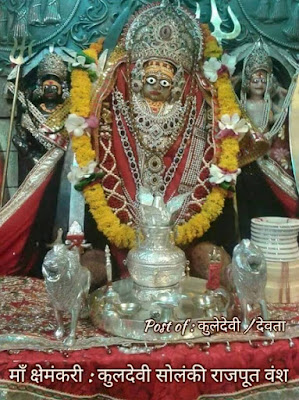Maharao Raja Raghubhir Singh of Bundi
Maharao Raja Shri Raghubhir Singh Ji of Bundi
महाराव राजा श्री रघुबीर सिंह जी बूंदी
सुलग अगन सुजसां तणी, सुलगै नित रण-आग |
सदियां सूं देखां सखी , सिर अनामी कर खाग ||
यहां के वीरों के ह्रदय मे सदैव सुयश कमाने की अग्नि प्रज्वलित रहती है इसिलिये यहां सदा युद्धाग्नि प्रज्वलित रहती है | हे सखी ! हम तो सदियों से यही देखती आई है कि यहां के वीरों के सिर सदा अनमी (न झुकने वाले)रहे है ,तथा उनके हाथों मे खड्ग शोभित रहा है |
 |
| Maharao Raja Shri Raghubhir Singh Ji of Bundi महाराव राजा श्री रघुबीर सिंह जी बूंदी |
Maharao Raja Shri Raghubhir Singh Ji of Bundi
महाराव राजा श्री रघुबीर सिंह जी बूंदी
26th Maharao of Bundi 1889/1927
महाराव राजा श्री रघुबीर सिंह जी बूंदी
26th Maharao of Bundi 1889/1927
Maharao Raghubir Singh Ji was the adopted son of Maharao Raja Ram Singh Ji (1821-89). The latter ruled for 68 years and was described as a grand specimen of the Rajput gentleman and "the most conservative prince in conservative Rajputana''.
His reign was blighted by two disastrous famines which despite his best attempts to alleviate saw the population of his kingdom reduced from some 258,000 to 171,000 by 1901 due to death and immigration.
Although his father had maintained an equivocal attitude during the mutiny of 1857, Raghubir Singh supported the British during the World War I and was conferred the K.C.S.I. in 1897 and G.C.I.E. in 1901.
Bundi was once the capital of Rajputana and the magnificent architectural monuments with their intricate sculptures and murals, still reflect the glory of its past. The walls and ceiling of the palaces are decorated with frescoes from the Bundi School of paintings.

Because of large no. of step wells are located here, Bundi is also known as 'the town of wells'. It was the capital of the Hada Chauhan clan of Rajputs (who took the title of 'Rao'), and whose stronghold lay in the formidable Taragarh fort looming over the modest walled town. Beneath the high walls of the fort, their palace nestled on the hill.
The fort was founded by Rao Deva in 1241, the palace was built between the 17th and 18th centuries when Bundi flourished. Provided with its own high and thick walls, the palace contains many attractive structures, including the Ratan Mahal (built by Rao Ratan Singh, ruled 1607-31), the Chatar Mahal (by Rao Chattrasal, ruled 1631-58) and the Chitra Shali (built by Rao Umed Singh, ruled 1739-70).
Bundi was a centre of manuscript painting from the 17th century.







